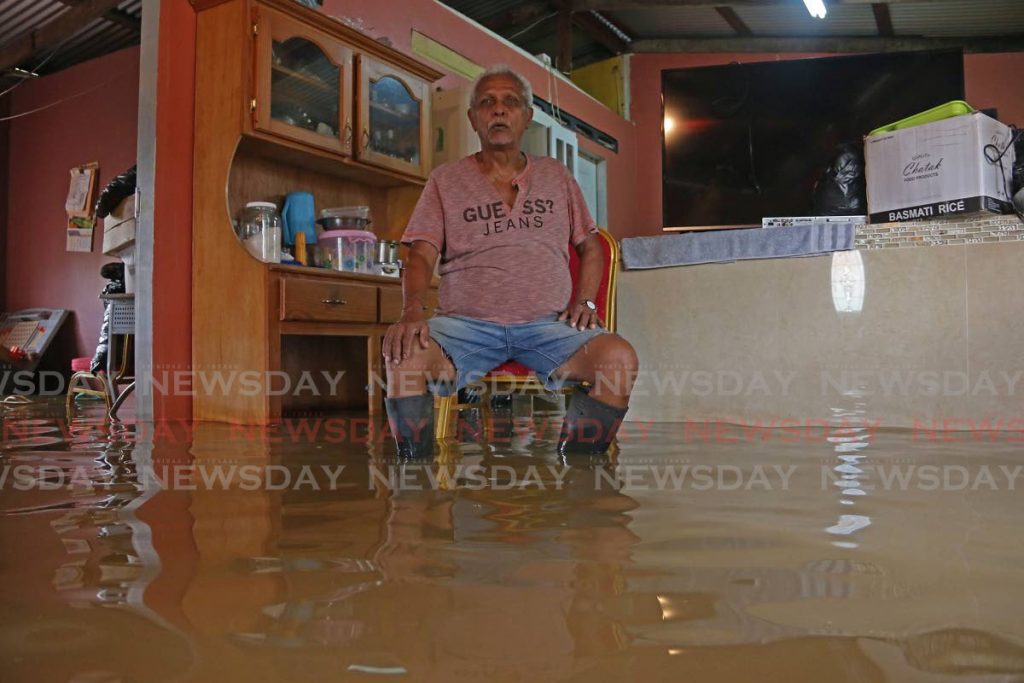How can a business prepare for a disaster?

Without a doubt, weather patterns have been changing rapidly across the globe, causing unprecedented damage in many areas. The effects of climate change have been becoming more and more apparent in the everyday lives of people who live in TT. Shrinking expanses of beach, increased amounts of sargassum, Sahara dust that seems to be a permanent fixture, shorter rainy seasons, and even Portuguese man o’war washing ashore are all influenced by the changes in our environment.
This global warming, which some scientists, academics and news organisations have begun more urgently referring to as global heating, is associated with rising sea levels and more intense weather patterns like hurricanes and droughts. In fact, scientists expect such events to become more frequent and potentially more dangerous. For small islands developing states (SIDS) such as TT and other Caribbean nations, this poses a tangible threat.
Many island economies are small and often highly dependent on industries such as tourism and agriculture; in addition, populations are typically most dense along coastal areas. Overall, infrastructure and resources are unlikely to be able to cope with major disasters or recovery efforts in their aftermath, making the economic and social impact severe and long-lasting. The devastating 2017 Atlantic hurricane season, for example, was estimated to have cost over US$294 million in damages. The current massive bush fires in Australia will be a massive cost in both human and economic terms. While arson arrests have been made, the majority of the larger fires were caused by lightning. The Insurance Council of Australia has estimated the damage costs to be around US$485 million, a figure they expect to rise significantly.
The climate emergency, as it has been called, has also caused a rise in disasters such as earthquakes, volcanic explosions and flooding. Last year, as a result of heavy rains and exacerbated by clogged drains and watercourses choked with plastic and other waste, huge swathes of TT were covered in water.
Other emergencies that are not environment-related include workplace accidents such as fire, explosions, cyber attacks or even disease. Sometimes overlooked in the human distress that follows a disaster, businesses are often hard-pressed to recover from such disruptions. Some never do. While local statistics are not readily available, one online article cites that according to the US Federal Emergency Management Agency (FEMA), 90 per cent of smaller companies fail within a year unless they can resume operations within five days. Consequently, understanding and managing the risks associated with climate and work environments is a critical task for businesses.
While we may all be concerned about climate crisis, how prepared are our businesses to deal with its effects? A catastrophic event directly affects a company’s bottom line and often translates into a loss of earnings for employees. It also means higher costs as the company seeks to recover, and the risk of losing clients who may choose other providers during the downtime. While disruptive events might be unpredictable, a business can minimise risk through emergency preparedness and business continuity planning (ERP/BCP).
Emergency response planning and business continuity planning go well beyond disasters; they speak to overall cost efficiencies for businesses. A solid plan should involve several different steps: conducting a business impact analysis, establishing a recovery process for the most critical elements of the operation, creating and training a continuity team and testing the BCP. Creating and implementing a BCP is best done under the guidance of a trained professional.
Setting up such a plan should part of be every company’s strategic planning process. This involves identifying the particular risks and developing a recovery plan that allows the company to resume operations quickly in the event of a disaster. Having (or not having) an emergency and recovery plan could very well determine the life or death of a business.
Content courtesy the Trinidad and Tobago Chamber of Industry and Commerce


Comments
"How can a business prepare for a disaster?"